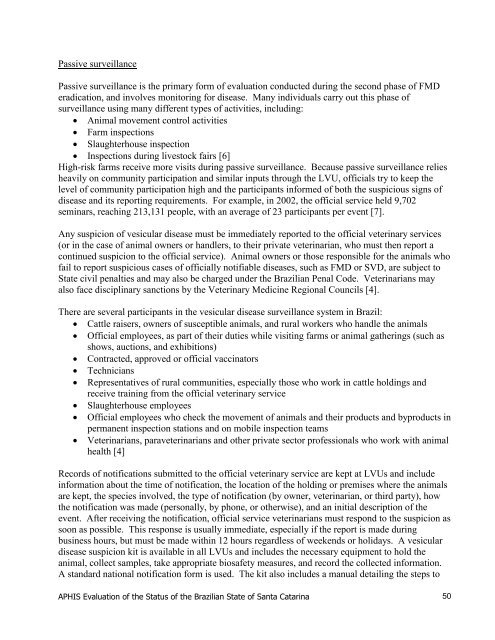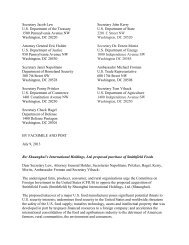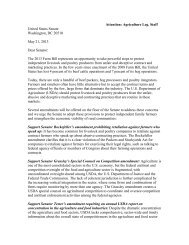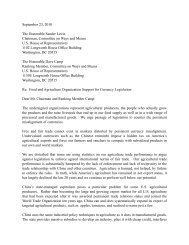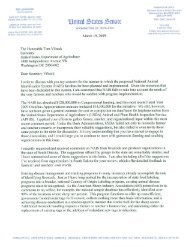Exhibit 8, 100416 Brazil FMD Risk Evaluation - R-Calf
Exhibit 8, 100416 Brazil FMD Risk Evaluation - R-Calf
Exhibit 8, 100416 Brazil FMD Risk Evaluation - R-Calf
Create successful ePaper yourself
Turn your PDF publications into a flip-book with our unique Google optimized e-Paper software.
Passive surveillance<br />
Passive surveillance is the primary form of evaluation conducted during the second phase of <strong>FMD</strong><br />
eradication, and involves monitoring for disease. Many individuals carry out this phase of<br />
surveillance using many different types of activities, including:<br />
Animal movement control activities<br />
Farm inspections<br />
Slaughterhouse inspection<br />
Inspections during livestock fairs [6]<br />
High-risk farms receive more visits during passive surveillance. Because passive surveillance relies<br />
heavily on community participation and similar inputs through the LVU, officials try to keep the<br />
level of community participation high and the participants informed of both the suspicious signs of<br />
disease and its reporting requirements. For example, in 2002, the official service held 9,702<br />
seminars, reaching 213,131 people, with an average of 23 participants per event [7].<br />
Any suspicion of vesicular disease must be immediately reported to the official veterinary services<br />
(or in the case of animal owners or handlers, to their private veterinarian, who must then report a<br />
continued suspicion to the official service). Animal owners or those responsible for the animals who<br />
fail to report suspicious cases of officially notifiable diseases, such as <strong>FMD</strong> or SVD, are subject to<br />
State civil penalties and may also be charged under the <strong>Brazil</strong>ian Penal Code. Veterinarians may<br />
also face disciplinary sanctions by the Veterinary Medicine Regional Councils [4].<br />
There are several participants in the vesicular disease surveillance system in <strong>Brazil</strong>:<br />
Cattle raisers, owners of susceptible animals, and rural workers who handle the animals<br />
Official employees, as part of their duties while visiting farms or animal gatherings (such as<br />
shows, auctions, and exhibitions)<br />
Contracted, approved or official vaccinators<br />
Technicians<br />
Representatives of rural communities, especially those who work in cattle holdings and<br />
receive training from the official veterinary service<br />
Slaughterhouse employees<br />
Official employees who check the movement of animals and their products and byproducts in<br />
permanent inspection stations and on mobile inspection teams<br />
Veterinarians, paraveterinarians and other private sector professionals who work with animal<br />
health [4]<br />
Records of notifications submitted to the official veterinary service are kept at LVUs and include<br />
information about the time of notification, the location of the holding or premises where the animals<br />
are kept, the species involved, the type of notification (by owner, veterinarian, or third party), how<br />
the notification was made (personally, by phone, or otherwise), and an initial description of the<br />
event. After receiving the notification, official service veterinarians must respond to the suspicion as<br />
soon as possible. This response is usually immediate, especially if the report is made during<br />
business hours, but must be made within 12 hours regardless of weekends or holidays. A vesicular<br />
disease suspicion kit is available in all LVUs and includes the necessary equipment to hold the<br />
animal, collect samples, take appropriate biosafety measures, and record the collected information.<br />
A standard national notification form is used. The kit also includes a manual detailing the steps to<br />
APHIS <strong>Evaluation</strong> of the Status of the <strong>Brazil</strong>ian State of Santa Catarina 50


